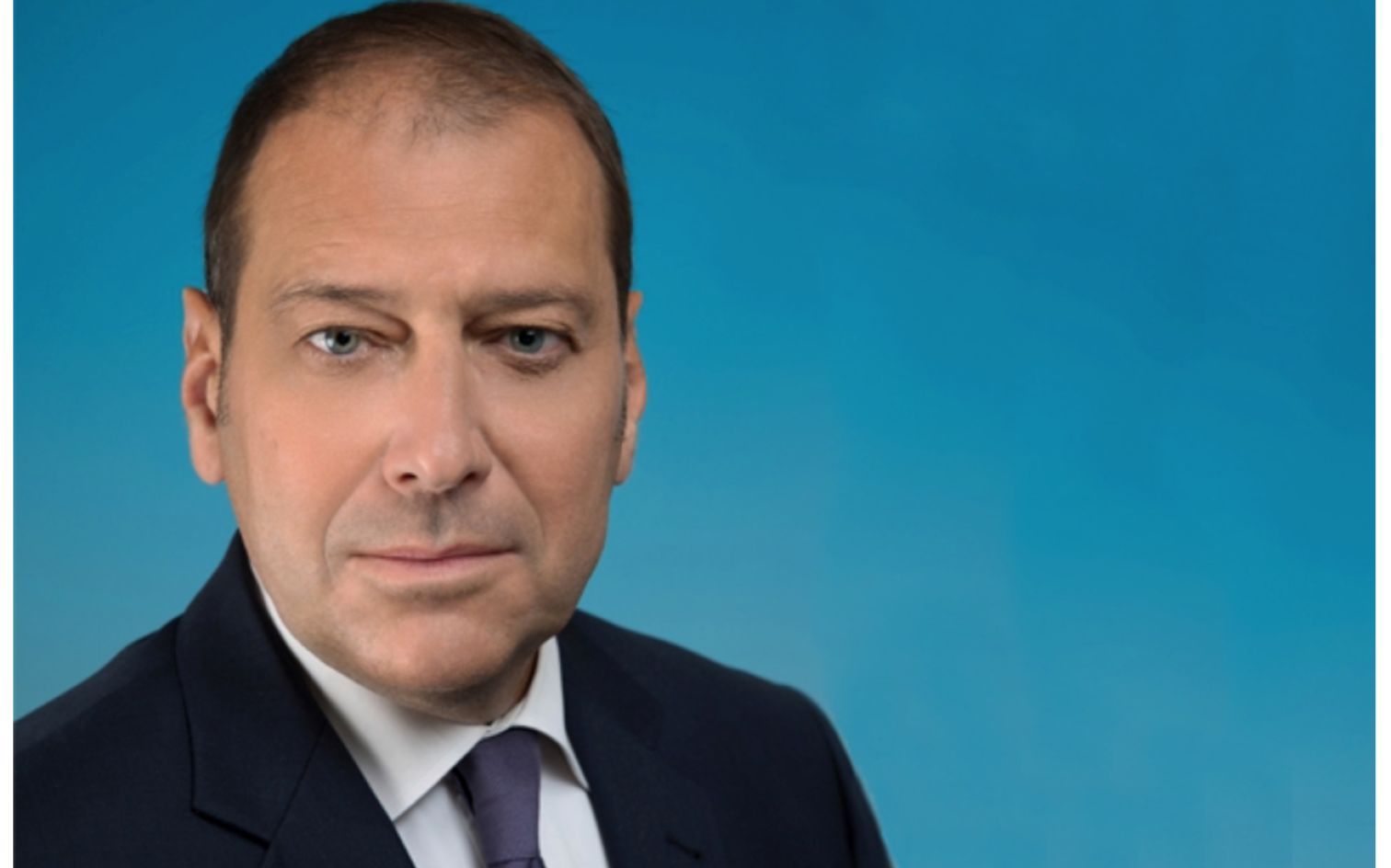Labelling of responsibly invested products is a topic of big debate with investors having different takes on what ethical, sustainable, ESG and impact, for example, means.
There have been various frameworks put in place to tackle misinterpretations of responsible investing and the latest EU project to take this on is Ecolabel.
Having been established in 1992, Ecolabel’s criteria provide exigent guidelines for companies looking to lower their environmental impact and guarantee the efficiency of their environmental actions. It has provided clarity on the ESG efficiency in other sectors, such as consumer products, and is now turning its attention to retail investment funds.
Here, Thierry Bogaty, EFAMA’s representative of the Ecolabelling board or vice-chair of stewardship, market integrity and ESG committee and CEO of Amundi’s IDEAM, answers three key questions on how the labelling might look and what the EU should be considering when forming its criteria.
Q1. Can the EU Ecolabel for retail financial products help channel individual investors’ savings into environmentally sustainable projects?
A well-designed EU Ecolabel has the potential to provide clear guidance on the financial products retail investors can invest in if they wish to support environmentally sustainable projects and activities – in line with the EU Taxonomy Regulation. The European Commission wants to create a trusted and verified label for retail investors, who would benefit from better comparability of financial products. The EU Ecolabel aims to address several issues for asset managers, including reputational risk from potential allegations of greenwashing.
It is important the Commission sets realistic criteria, to ensure a sufficiently large investable universe and to encourage an adequate uptake from financial market participants. Fund managers and investment advisors face difficulties due to the proliferation of national labels for retail financial products throughout Europe, and significant differences in their specifications. Since its inception in 1992, the EU Ecolabel has proved its efficiency for other types of products, such as personal care products and household appliances. The creation of an EU label dedicated to green financial products would address this fragmentation and encourage the cross-border distribution of such products.
Q2. What are the challenges in designing an effective EU Ecolabel?
Within EFAMA, we are very supportive of this initiative and believe the EU Taxonomy is a good reference point for the new label. Yet, the main challenge will be to strike the right balance between the strictness of the criteria – that gives the label its credibility – and ensure a sufficiently large pool of eligible investment opportunities. Only that will allow for appropriate portfolio diversification to protect end-investors’ savings.
The criteria currently proposed by the Commission’s Joint Research Center, have been subject to a public consultation to which EFAMA has recently responded. We fear those criteria could result in a pool of qualifying investments and eligible funds that is too narrow in focus. This risks undermining the success of the EU Ecolabel, reducing its capacity to finance the transition, and increasing the risks for end-investors through a lack of sufficient diversification opportunities.
Market participants will also have to deal with the insufficient availability of reliable and comparable public ESG data. This is an obstacle to both the design of the criteria and the screening of investment opportunities. Other initiatives from the Commission, aimed at narrowing this data gap, are still under development, and will only become effective in a few years from now. This means that, at least in the short- to medium-term, there will be a scarcity of funds eligible for the EU Ecolabel.
Moreover, as currently proposed, the criteria will not only provide for thresholds defining the minimum level of environmental sustainability against the EU Taxonomy, but will also include environmental and social exclusions. These must be treated with great caution. Environmental exclusions should not exclude activities that contribute to a company’s transition, while social exclusions should not go beyond the social and governance safeguards provided for in the EU taxonomy.
Finally, the current EU Ecolabel proposal may unnecessarily restrict the large potential of stewardship. The proposed criteria on engagement are not only unrealistic, but risk shifting the resources of asset managers away from companies that need to be encouraged to transition, as they will now be required to focus on companies that already score highly in environmental benchmarks
Q3. What are your recommendations for a smart EU Ecolabel?
For the EU Ecolabel to be effective, its scope should be enlarged by adjusting the proposed criteria. This would ensure appropriate risk management to protect savings, and ultimately satisfy the regulatory requirements for diversification on UCITS funds.
One solution would be a progressive approach to setting thresholds. Realistic starting criteria would ensure that at least 10-20% of existing funds and other investments with sufficient alignment to the EU Taxonomy would be eligible. After careful monitoring of market developments, the criteria could then potentially be revised and made more restrictive. Designing a clear path of transition would provide clarity and certainty for the industry, while helping market participants to navigate the initial period of market adjustment.
The criteria that exclude investments on social and ethical grounds should be aligned with the minimum social and governance safeguards already provided for in the EU Taxonomy Regulation.
The engagement criteria should reflect the diversity of companies, as well as the diversity of engagement objectives. As engagement is very resource intensive, specific thresholds may shift attention to companies least in need, while diverting resources from those that show the highest potential for transition.
By taking these recommendations on board, the European Commission can achieve a smart EU Ecolabel for Retail Financial Products with a clear purpose, balanced criteria, while helping to ensure retail investor protection. This will potentially make it the next EU success story.








